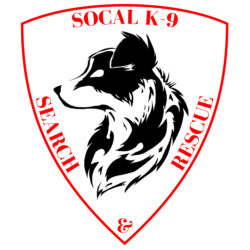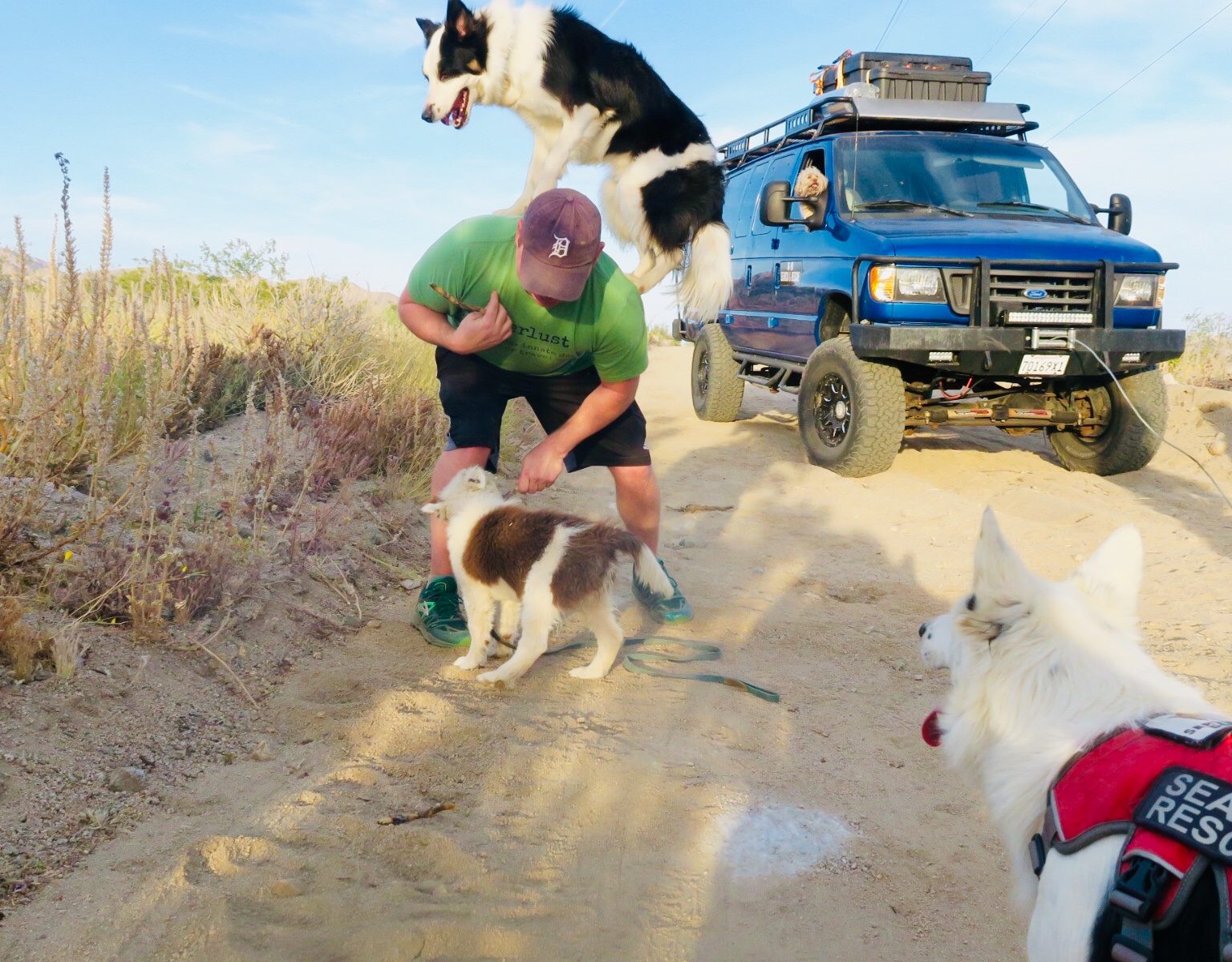THE FUNDAMENTALS FOR A REWARDING RELATIONSHIP WITH YOUR DOG
1. Leash Control
Definition: How to properly hold a leash and control your dog while walking in stimulating situations while keeping his focus:
• With your dominant hand, loop the handle of the leash around that thumb.
(i.e. If you’re right handed, loop the handle of the leash around your right thumb.)
- With your dominant hand, loop the handle of the leash around that thumb. (i.e. If you’re right handed, loop the handle of the leash around your right thumb.)
- Staying with the example of a right handed person, with your right hand, then take up the slack of the leash grabbing approximately the center of the leash line.
- Now hook the line to your dog.
- Place your dog on the left side of your body against your left leg.
- Place your right hand slightly above your belt buckle. And now you are ready to move forward with control of your dog and his or her leash. Note: When you’re walking, you should always be leading the dog! Never let him get out ahead of you. If he is out in front of you, not only is the dog pulling you but you are outside of the dogs line of vision. Therefore the dog can not respond efficiently to the change of commands or direction that you’re giving it.
2. Don’t let your dogs sniff where other dogs have gone to the bathroom.
Keep your dog moving on your walk not slowing down to allow your dog to put his or her face on the ground to sniff or lick where other dogs have gone to the bathroom (sidewalks, grassy areas, etc.). Places like these are conducive atmospheres for many different types of diseases that are dangerous to both people and dogs. Your dog getting worms may be the least of what they can pick up from this type of environment.
3. Your energy runs right down the leash
Before you’re going to interact with your dog, you need to make sure that you are in a good mood. It doesn’t matter how much you try to cover up your mood; your dogs will always know how you are feeling, especially when you are literally physically connected to him by a leash. They truly will feel your energy and your mood come right down the leash and they will act accordingly. Not to say that you can’t train a dog while you’re upset, but it is not near as effective as training when you’re in the right frame of mind. Training must always be fun!
4. Making safe your training site
Before you let your dog out of the car to begin training and playtime, an exhaustive search must be done of the entire area that the dog will have access to. Whether this is a dog park, a new lake, a playground or a field, even if its a place that you have been to in the past, you must always go check the area by yourself before you even bring the dog out of the car and onto what is called “the training field”. You’re checking the area for sharp objects, any chemicals or food that they could ingest, any other animals that are in the area, etc.
The most important thing to keep in mind:
It’s always up to you to make sure that your dog is safe.
The responsibility never falls on your dog. In the case of a working dog, that includes if someone asks you to put your dog in danger by asking you to do something that isn’t safe. You’re not going to be able to help if you or your dog are injured. So remember, it is always up to you in each circumstance to determine what is safe for you and your dog.
5. Wipe your dogs feet, legs, and face properly after being outside.
Whether you’re taking your dog back inside from a walk around the block or from a long outdoor play session, cleanliness is key. Wiping your dogs down after being outside not only keeps your vehicle and your house clean but more importantly it helps keep the dog free from insects such a flees, ticks, etc. We were shocked at what a huge difference this made in living as close as we do with our dogs. In our experience, using a wash cloth and a scent free shampoo after coming inside is a quick, easy and effective way to keep everything and everyone clean and smelling fresh.
6. Obedience
Obedience must come before any other training commences. For example, it is more important for your dog to sit, stay and come than it is for it to be able to jump in your arms or catch a frisbee. If you do nothing else but take 5 minutes every day to work two or three easy, basic obedience exercises your dog will be heads and tails more obedient than almost any other dog you will ever meet!
7. The dog must be in complete control at all times before it can have the freedom to move forward with other training.
For a dog to pass a high level obedience ranking test, they would have to be able to not only be obedient on leash but also off leash with their handlers. Sometimes the handlers are even out of their view. For example, you cannot let your dog off leash if it will not come to you while it is on leash. Before you move on to neat looking tricks or advanced training techniques, make sure that you have the basics down solid.
8. There is absolutely no dog aggression allowed.
Any dog aggression or aggression toward people (barking, growling or any other types of perceived aggression) must be corrected in a nonviolent way. The longer this behavior goes on, the more embedded it becomes into the dog as a habit making this behavior harder to train out of the dog. Nip these behaviors in the bud early and you will have a much better behaved dog in the long run.
9. Be conscious about what and how much you are feeding your dog, especially prior to working, exercising or playing with the dog.
Sniffing or searching (using the dogs nose) is the equivalent to a human running or sprinting. We too would not do either of those things on a full stomach. Keep in mind, dogs do not have sweat glands and they regulate their temperature through their mouth (i.e. panting).
10. Socializing the dog properly
While we don’t recommend introducing a working dog to strange dogs, it’s your job to protect your dog from other dogs and other humans. If you do find yourself having to introduce your pet to a new stimulus, place your dog in a sit and keep yourself between the dog and the new stimulus while introducing him or her to a new furry friend, human, insect, etc. Always have a hand free if the situation escalates and you need to step in to remove your dog from the situation.

